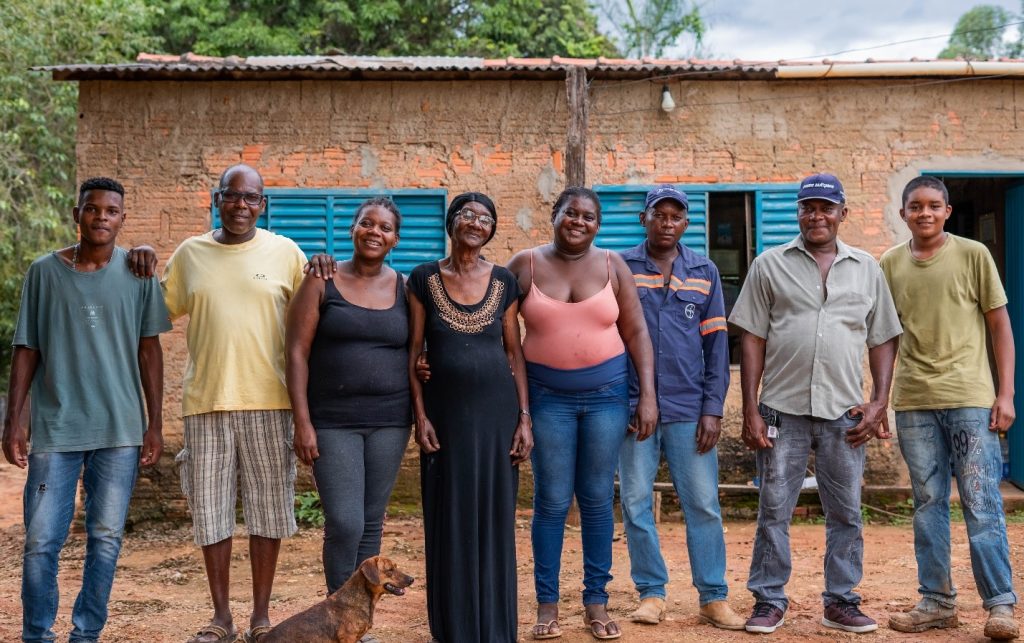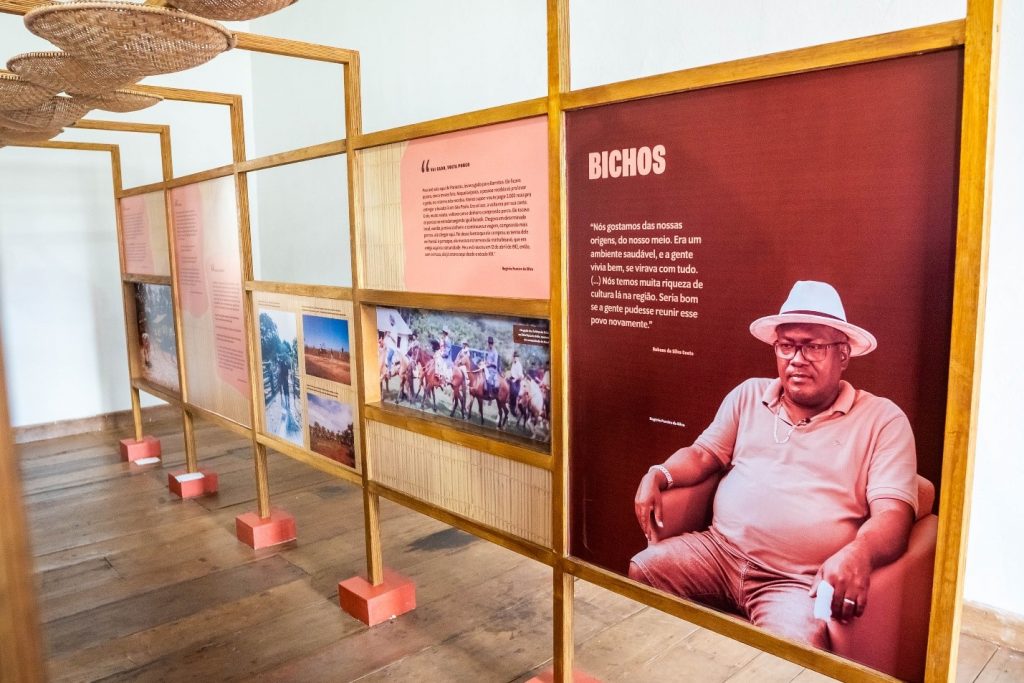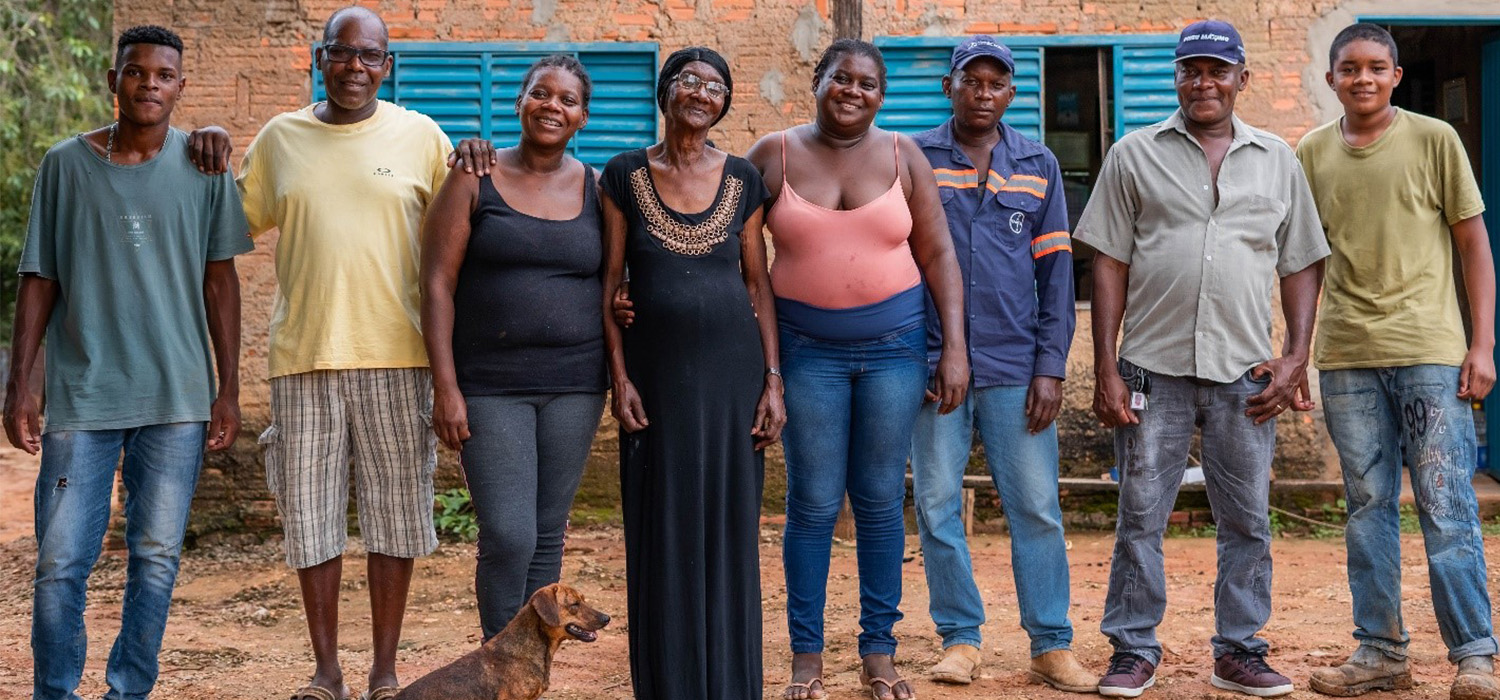Kinross Brazil recently launched the ‘Memories of the Quilombola Communities of Paracatu’ – an exhibition that shares the history of the Amaros, Cercado, Machadinho, Pontal and São Domingo communities that make up the Quilombola’s.
The exhibit showcases 20 life stories of Quilombola community members who received training from the ‘Museu da Pessoa’ – the Social Technology of Memory – to build their stories and share their experiences.
Since it was unveiled in late 2022, over 400 community members have attended the exhibit to view ancestors’ stories through photo, text and video, as they detail their journey to forming the community and life experiences that have shaped their culture. These stories have been turned into booklets for educators to help students learn about the culture and history of their community.
“Paracatu’s municipality has a very rich culture and, importantly, the local history is especially marked by the existence of traditional Quilombola communities,” said Ana Cunha, Director, Government Relations and Community Relations. “Paracatu’s Quilombos are among the most important ones in Minas Gerais and it is essential to continue reviving these memories and sharing the history and customs of these communities. This is the intention of the project. The collective memory has an important role in contributing to the feeling of belonging to this group. These common memories guarantee the feeling of identity of an entire community.”
The Quilombolosas consist of communities whose founders escaped slavery in colonial Brazil and formed communities that resisted oppression and their offspring are known as quilombolas. Those people and territories are certified by the federal government agency ‘Fundação Cultural Palmares’, who is responsible for the promotion and preservation of the cultural, historical, social and economic values in the formation of Brazilian society.







